Brutalist design, once confined predominantly to architecture, has transcended its original boundaries, finding a fresh audience in the world of interior design.
The principles, originating from post-WWII architectural trends, now reverberate within homes, offices, and commercial spaces, echoing a profound respect for raw materials, functional design, and bold expression.
This blog delves into Brutalism's past and present, elucidating how contemporary designers are adapting and innovating within this distinctive aesthetic framework.
1. The Historical Foundations of Brutalism
Brutalism, from the French "brut" for raw, was a mid-century architectural movement noted for its straightforward approach to form and material, often favoring concrete and steel. This section will trace the development and distinctive features of Brutalism and lay a foundation for its relevance in interior design.
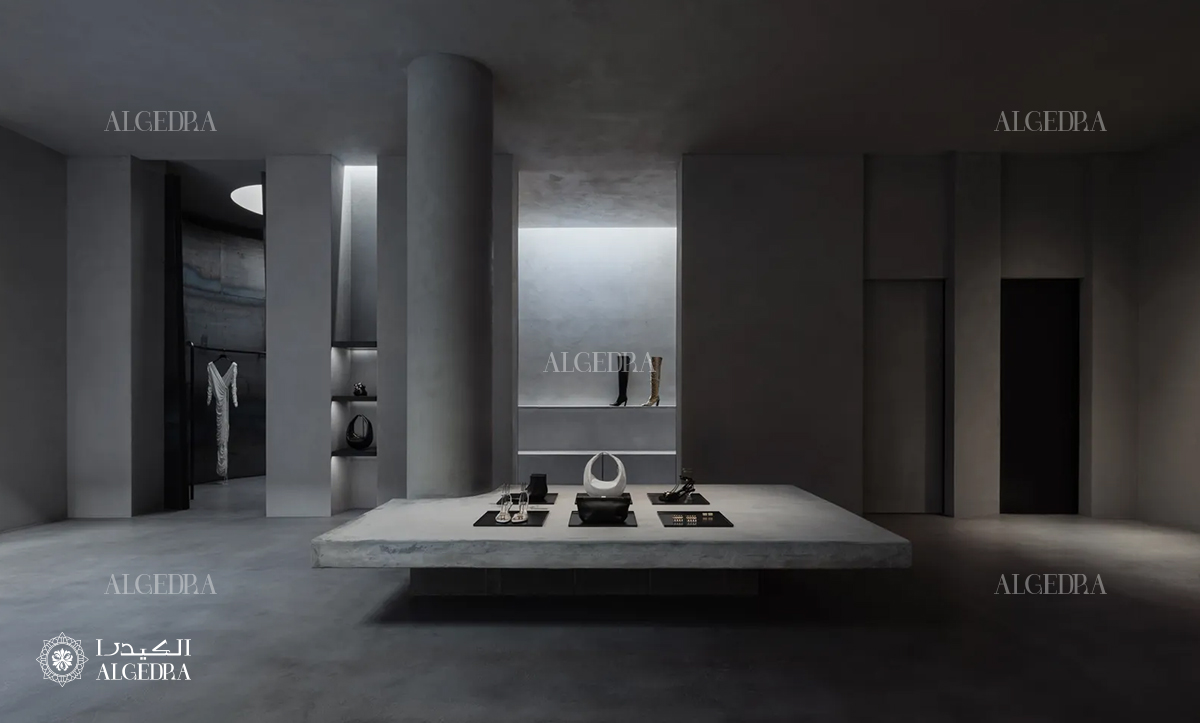
2. Key Features of Brutalist Interior Design
2.1. Unembellished Materials
Central to Brutalist interiors is the emphasis on untreated, unrefined materials. From exposed brick walls to concrete floors, the beauty lies in their authentic textures.
2.2. Bold, Geometric Forms
Brutalist furniture and fittings often champion geometric simplicity, evoking a powerful visual impact through substantial, block-like forms.
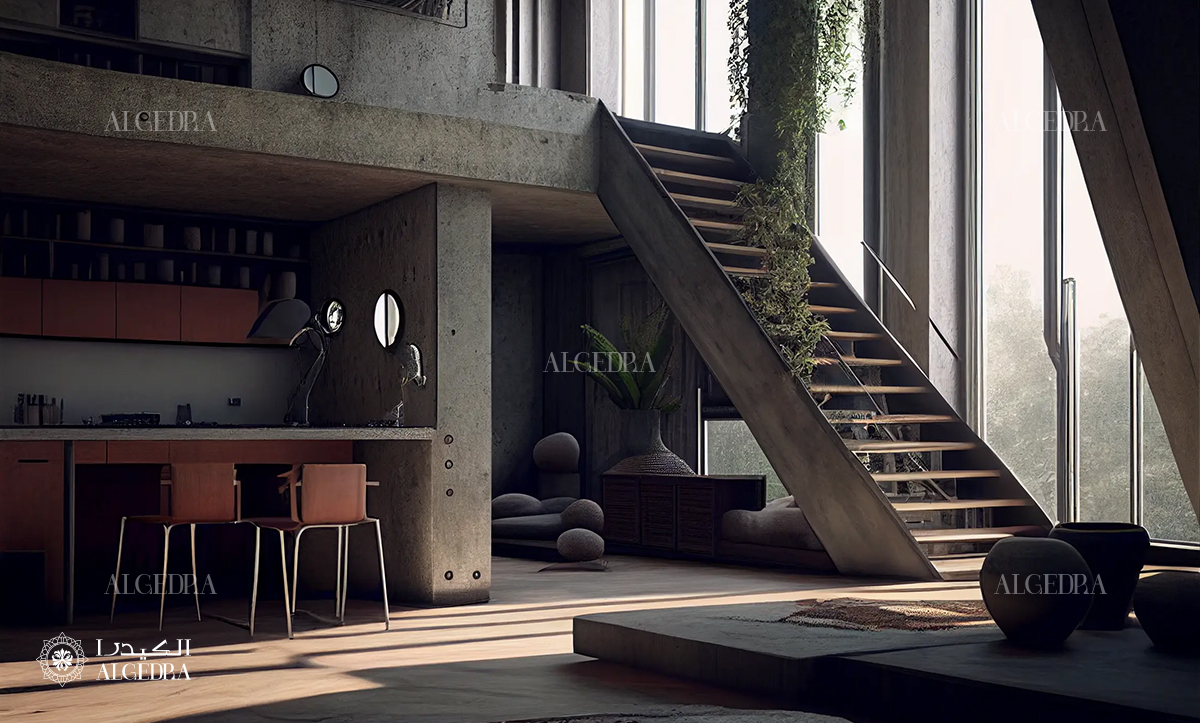
2.3. Monochromatic Palettes
Staying true to Brutalist roots, interiors often boast monochromatic palettes, punctuated occasionally by metallics or natural wood tones.
3. The Intersection of Brutalism and Modern Living
Contrary to belief, Brutalist interiors aren’t cold or detached. Instead, they emanate warmth and authenticity, appealing profoundly to the modern dweller.

3.1. Seeking Authenticity
In an age of mass production, Brutalism's honest expression of materials offers a refreshing counterpoint, giving spaces a unique, grounded identity.
3.2. Minimalism and Brutalism
Modern minimalist trends align closely with Brutalist principles. Both emphasize decluttered spaces, functionality, and an appreciation for materiality.
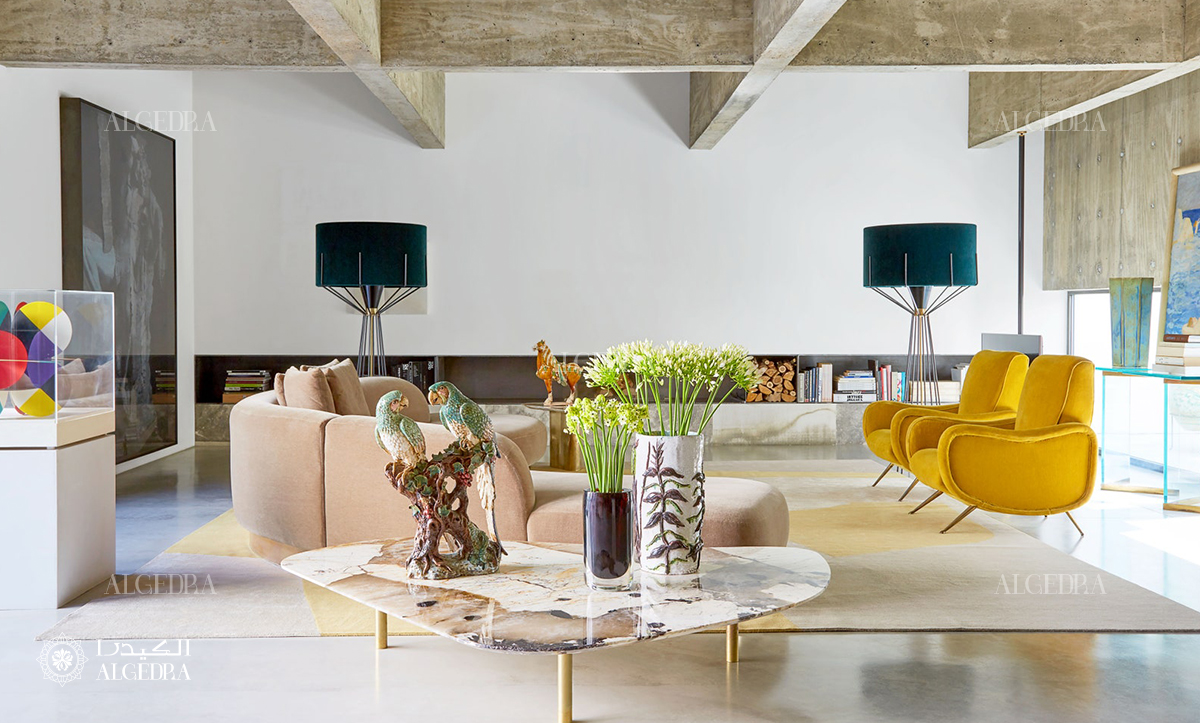
4. Incorporating Brutalism in Today's Interior Design
Embracing Brutalism doesn't necessitate a complete overhaul. It’s about introducing elements that evoke its spirit.
4.1. Brutalist Furniture Choices
Modern design outlets now feature Brutalist-inspired pieces—chunky wooden tables, steel-framed chairs, and bold storage units—that serve as functional art pieces.
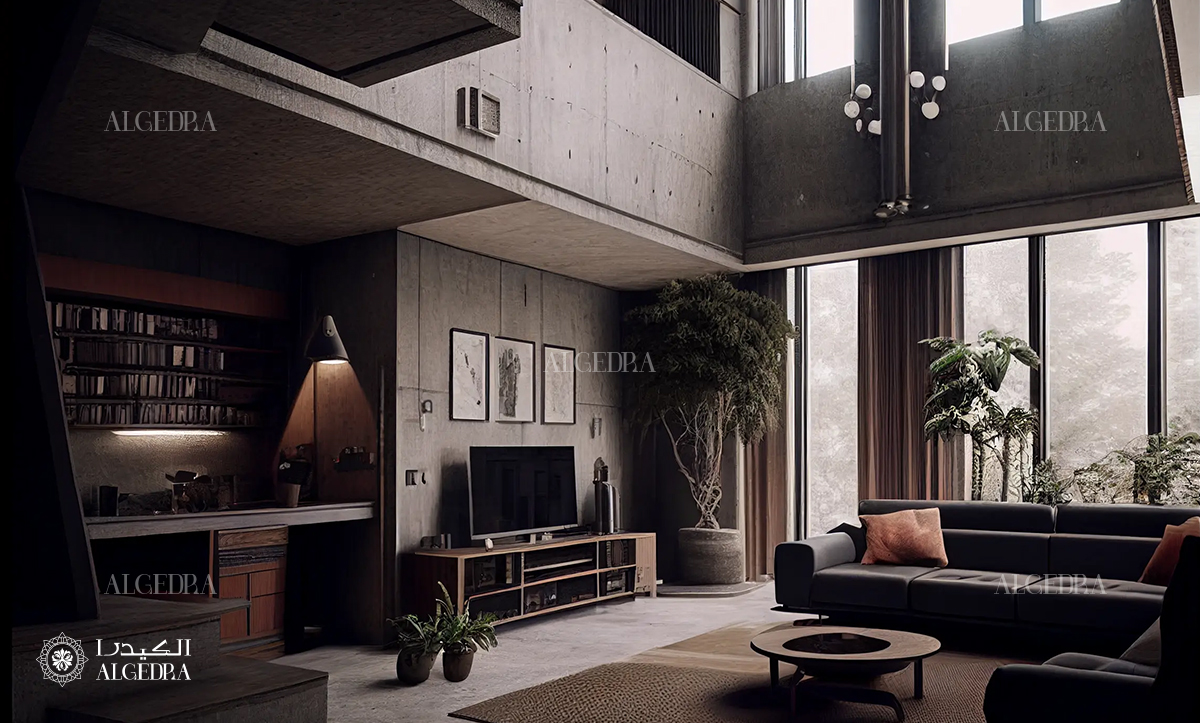
4.2. Decor and Accessories
Even in non-Brutalist settings, raw, textured decor items like lamps, sculptures, or wall art can introduce an edge, subtly nodding to the aesthetic.
4.3. The Role of Lighting
Brutalism thrives on drama, often achieved through intentional lighting. Spotlights accentuating rough textures, or shadow play from geometric fixtures, can elevate the design language.

5. Potential Pitfalls and Overcoming Challenges
Every design philosophy presents challenges. Here, we discuss potential pitfalls, like the risk of a space feeling too cold or impersonal, and offer insights into creating inviting, Brutalist-inspired interiors.
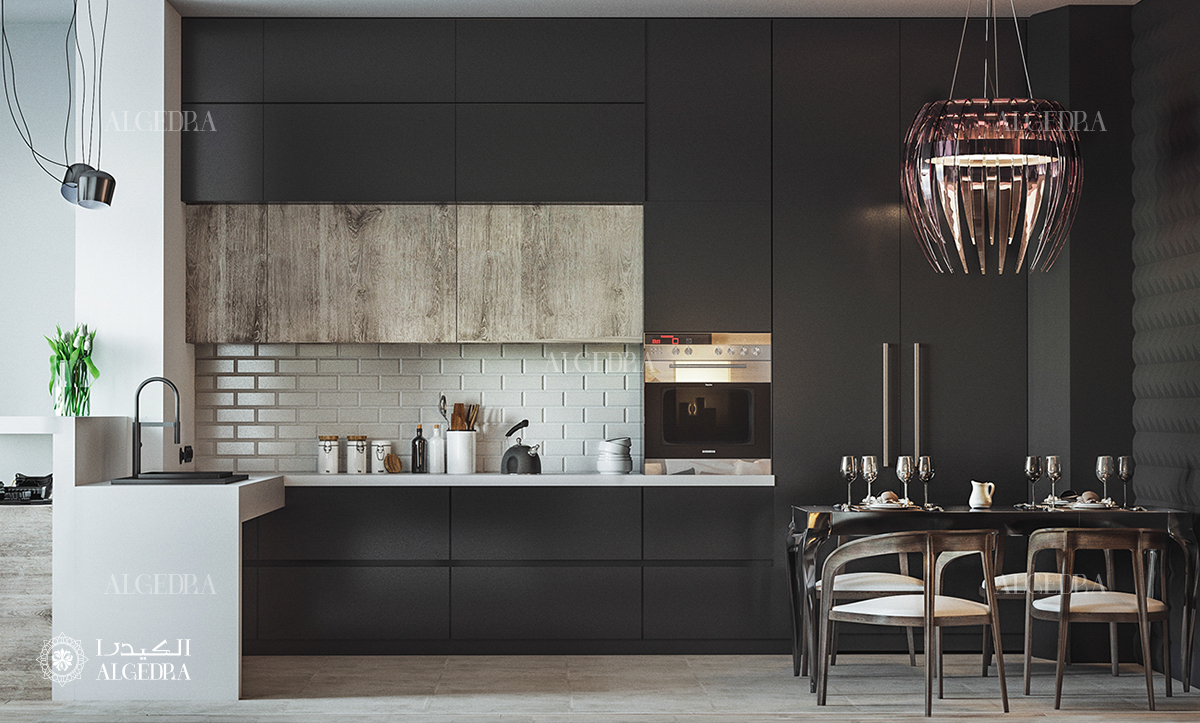
However, blending soft textiles like rugs or cushions, introducing indoor plants, or incorporating warmer wood tones can bring coziness without diluting the core aesthetic.
Conclusion
Brutalism’s rebirth in interior design underscores its timeless appeal. Far from being a transient trend, it addresses a deeper yearning for authenticity and tactile experiences in our increasingly digital world.

Through understanding and smart implementation, Brutalism promises interiors that resonate with history, functionality, and aesthetic profundity.